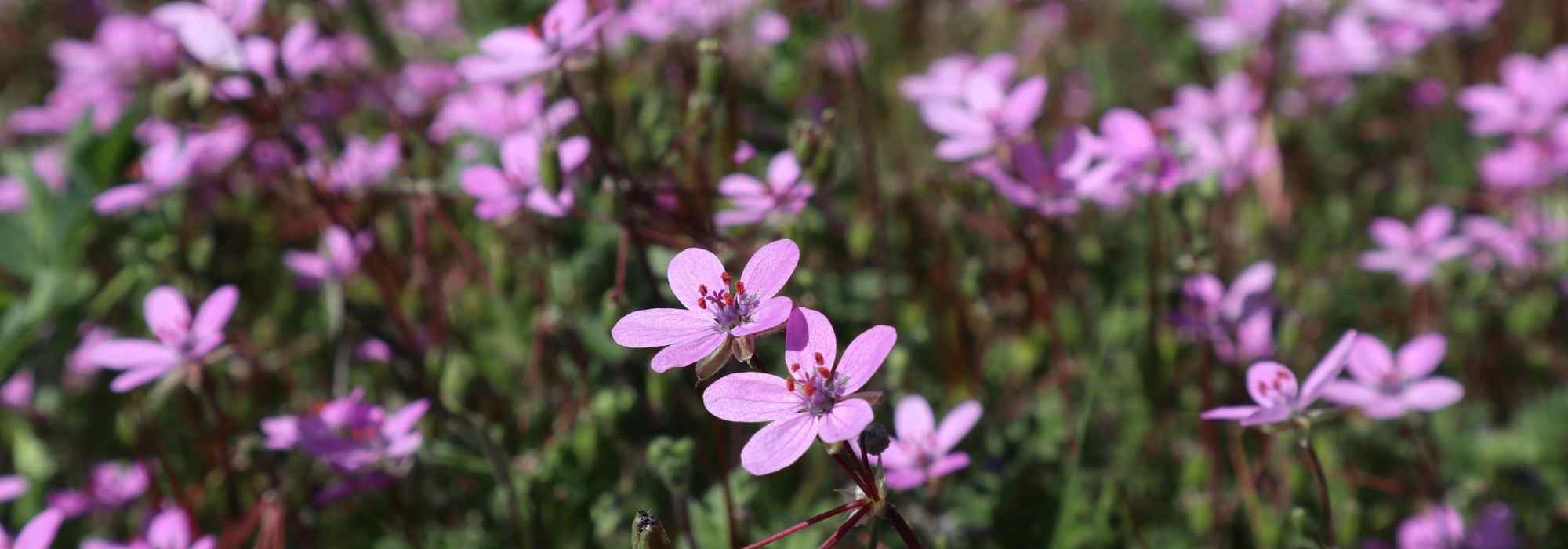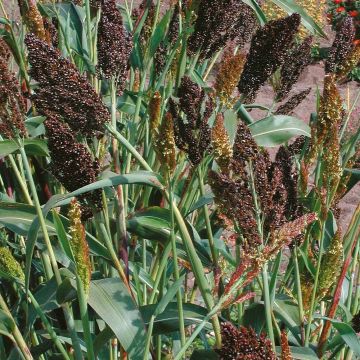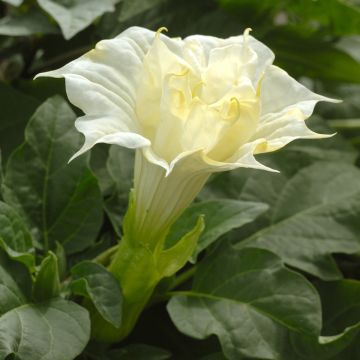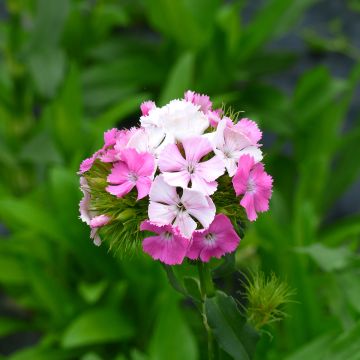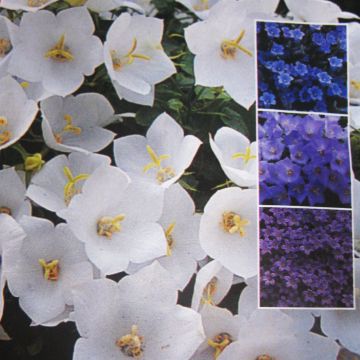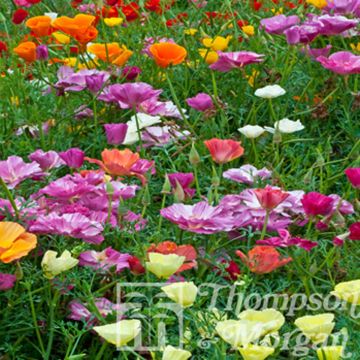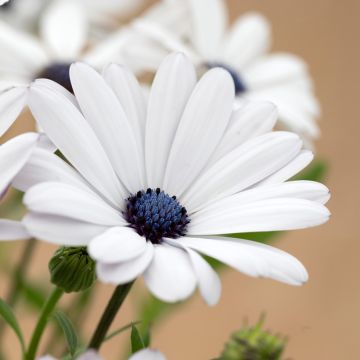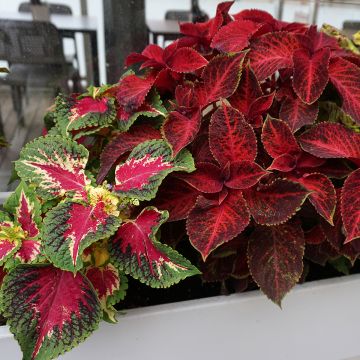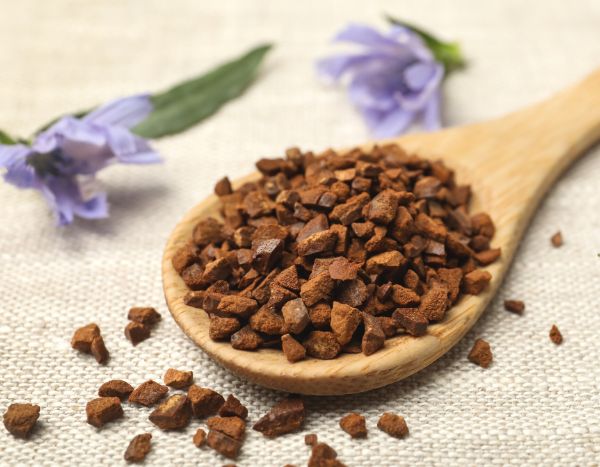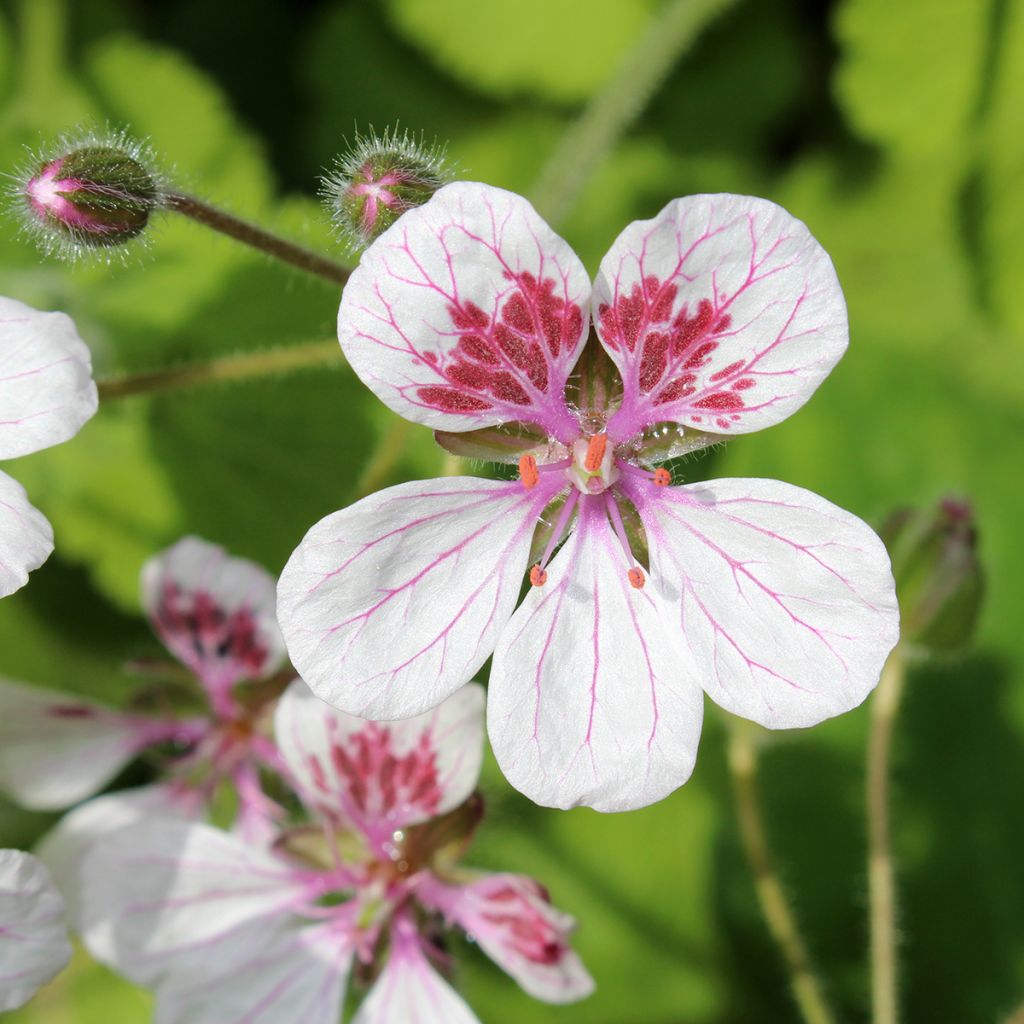

Erodium pelargoniflorum Sweetheart Seeds - Storksbill
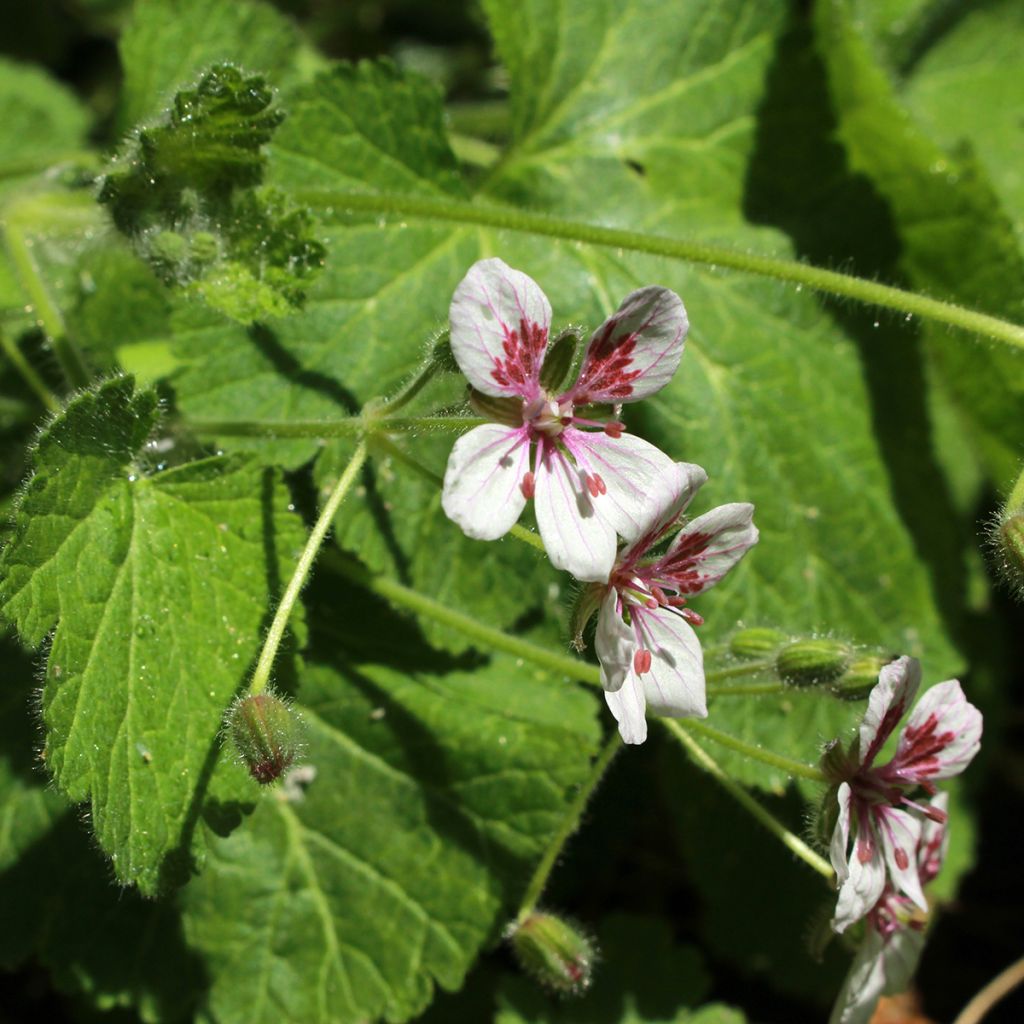

Erodium pelargoniflorum Sweetheart Seeds - Storksbill
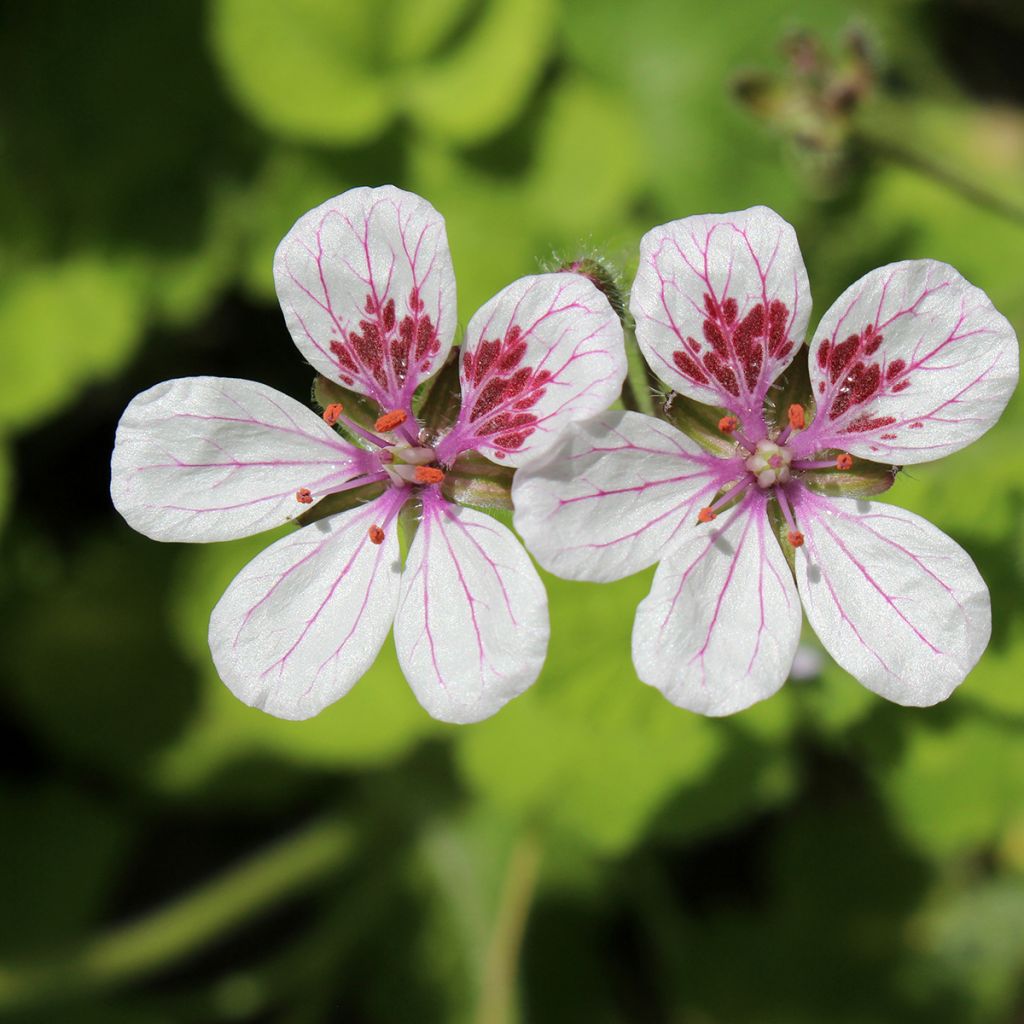

Erodium pelargoniflorum Sweetheart Seeds - Storksbill
Erodium pelargoniflorum Sweetheart Seeds - Storksbill
Erodium pelargoniiflorum Sweetheart
Storksbill
Special offer!
Receive a €20 voucher for any order over €90 (excluding delivery costs, credit notes, and plastic-free options)!
1- Add your favorite plants to your cart.
2- Once you have reached €90, confirm your order (you can even choose the delivery date!).
3- As soon as your order is shipped, you will receive an email containing your voucher code, valid for 3 months (90 days).
Your voucher is unique and can only be used once, for any order with a minimum value of €20, excluding delivery costs.
Can be combined with other current offers, non-divisible and non-refundable.
Home or relay delivery (depending on size and destination)
Schedule delivery date,
and select date in basket
This plant carries a 6 months recovery warranty
More information
We guarantee the quality of our plants for a full growing cycle, and will replace at our expense any plant that fails to recover under normal climatic and planting conditions.
Would this plant suit my garden?
Set up your Plantfit profile →
Description
Erodium pelargoniflorum 'Sweatheart', also known as Pelargonium-flowered Crane's Bill, is a perennial plant forming prostrate cushions adorned with fragrant foliage when crushed. Its delicate cup-shaped flowers display violet veins on a white background, from spring until the end of autumn. Thriving in dry soils and sunlight, it is an ideal plant for rockeries.
Native to Turkey, this pelargonium-flowered Erodium is a perennial cousin of geraniums, belonging to the same family of Geraniaceae. It is xerophytic (ecology of hot and dry climates), shrubby with a woody stump, forming slender segmented stems slightly sticky and hairy. It has a bushy, rounded, branched habit, giving the appearance of a cushion measuring 25 to 30cm (11.8in) in all directions, with relatively slow growth. Its evergreen foliage, aromatic when crushed, is bright green with a paler reverse. Its small leaves (3x4 cm) are hairy, heart-shaped, lobed, and toothed. The flowering is very spread out over time, from spring to autumn, slowing down when drought persists. At the end of a slender, slightly sticky, hairy peduncle, appear fine umbels of 5 to 8 small cup-shaped flowers with 5 rounded petals, white and striped with 3 violet lines. The base of the petals is pink, the two upper petals are speckled with deep pink, and the stamens are also pink. The fruit is a slightly hairy beaked rostrum enclosed in a calyx resembling a crane's bill, hence the vernacular name of the plant.
Plant Erodiums in rockeries, in dry, even poor and inhospitable soil, as it is an ideal plant for dry gardens. Little used in our gardens, erodiums are very popular in Great Britain, just like perennial geraniums. Ideal as ground cover, this perennial integrates well in borders, rockeries, at the base or in the crevices of walls, in mineral gardens or in flower pots. Its lifespan is not very long, but it self-seeds spontaneously in light soil. It can be associated with bloody cranesbill (Geranium sanguineum), sedums, thymes, creeping rosemary, hyssops, oreganos, and savory in dry rockeries, for example.
Erodium pelargoniflorum Sweetheart Seeds - Storksbill in pictures


Flowering
Foliage
Plant habit
Botanical data
Erodium
pelargoniiflorum
Sweetheart
Geraniaceae
Storksbill
Mediterranean
Other Thompson and Morgan seeds
View all →Planting and care
Sow Erodium seeds from February to June or from September to October.
Sow on the surface of moist compost in pots or trays. Cover the seeds with a thin sprinkle of compost or vermiculite. Keep the sowing at a temperature between 15 and 20°C. After sowing, keep near a light source as this promotes germination. Keep the surface of the compost moist but not waterlogged; germination can take 10 to 30 days. Transplant the seedlings into 7.5cm (2.8in) diameter pots or trays. Let them gradually acclimatize to outdoor conditions for 10 to 15 days before planting, once all risk of frost has passed. Space the plants 30cm (11.8 in) apart.
For best results, choose a regular but well-drained soil and a sunny or partially shaded exposure. More than cold, erodiums fear waterlogged soils in winter. In heavy soil, they should be grown in raised beds, with the soil mixed with any draining material: coarse sand, gravel, stones, pottery shards, etc. They also appreciate moderately fertile to poor soils and a warm and dry climate.
Sowing period
Intended location
Planting & care advice
This item has not been reviewed yet - be the first to leave a review about it.
Haven't found what you were looking for?
Hardiness is the lowest winter temperature a plant can endure without suffering serious damage or even dying. However, hardiness is affected by location (a sheltered area, such as a patio), protection (winter cover) and soil type (hardiness is improved by well-drained soil).

Photo Sharing Terms & Conditions
In order to encourage gardeners to interact and share their experiences, Promesse de fleurs offers various media enabling content to be uploaded onto its Site - in particular via the ‘Photo sharing’ module.
The User agrees to refrain from:
- Posting any content that is illegal, prejudicial, insulting, racist, inciteful to hatred, revisionist, contrary to public decency, that infringes on privacy or on the privacy rights of third parties, in particular the publicity rights of persons and goods, intellectual property rights, or the right to privacy.
- Submitting content on behalf of a third party;
- Impersonate the identity of a third party and/or publish any personal information about a third party;
In general, the User undertakes to refrain from any unethical behaviour.
All Content (in particular text, comments, files, images, photos, videos, creative works, etc.), which may be subject to property or intellectual property rights, image or other private rights, shall remain the property of the User, subject to the limited rights granted by the terms of the licence granted by Promesse de fleurs as stated below. Users are at liberty to publish or not to publish such Content on the Site, notably via the ‘Photo Sharing’ facility, and accept that this Content shall be made public and freely accessible, notably on the Internet.
Users further acknowledge, undertake to have ,and guarantee that they hold all necessary rights and permissions to publish such material on the Site, in particular with regard to the legislation in force pertaining to any privacy, property, intellectual property, image, or contractual rights, or rights of any other nature. By publishing such Content on the Site, Users acknowledge accepting full liability as publishers of the Content within the meaning of the law, and grant Promesse de fleurs, free of charge, an inclusive, worldwide licence for the said Content for the entire duration of its publication, including all reproduction, representation, up/downloading, displaying, performing, transmission, and storage rights.
Users also grant permission for their name to be linked to the Content and accept that this link may not always be made available.
By engaging in posting material, Users consent to their Content becoming automatically accessible on the Internet, in particular on other sites and/or blogs and/or web pages of the Promesse de fleurs site, including in particular social pages and the Promesse de fleurs catalogue.
Users may secure the removal of entrusted content free of charge by issuing a simple request via our contact form.
The flowering period indicated on our website applies to countries and regions located in USDA zone 8 (France, the United Kingdom, Ireland, the Netherlands, etc.)
It will vary according to where you live:
- In zones 9 to 10 (Italy, Spain, Greece, etc.), flowering will occur about 2 to 4 weeks earlier.
- In zones 6 to 7 (Germany, Poland, Slovenia, and lower mountainous regions), flowering will be delayed by 2 to 3 weeks.
- In zone 5 (Central Europe, Scandinavia), blooming will be delayed by 3 to 5 weeks.
In temperate climates, pruning of spring-flowering shrubs (forsythia, spireas, etc.) should be done just after flowering.
Pruning of summer-flowering shrubs (Indian Lilac, Perovskia, etc.) can be done in winter or spring.
In cold regions as well as with frost-sensitive plants, avoid pruning too early when severe frosts may still occur.
The planting period indicated on our website applies to countries and regions located in USDA zone 8 (France, United Kingdom, Ireland, Netherlands).
It will vary according to where you live:
- In Mediterranean zones (Marseille, Madrid, Milan, etc.), autumn and winter are the best planting periods.
- In continental zones (Strasbourg, Munich, Vienna, etc.), delay planting by 2 to 3 weeks in spring and bring it forward by 2 to 4 weeks in autumn.
- In mountainous regions (the Alps, Pyrenees, Carpathians, etc.), it is best to plant in late spring (May-June) or late summer (August-September).
The harvesting period indicated on our website applies to countries and regions in USDA zone 8 (France, England, Ireland, the Netherlands).
In colder areas (Scandinavia, Poland, Austria...) fruit and vegetable harvests are likely to be delayed by 3-4 weeks.
In warmer areas (Italy, Spain, Greece, etc.), harvesting will probably take place earlier, depending on weather conditions.
The sowing periods indicated on our website apply to countries and regions within USDA Zone 8 (France, UK, Ireland, Netherlands).
In colder areas (Scandinavia, Poland, Austria...), delay any outdoor sowing by 3-4 weeks, or sow under glass.
In warmer climes (Italy, Spain, Greece, etc.), bring outdoor sowing forward by a few weeks.






























